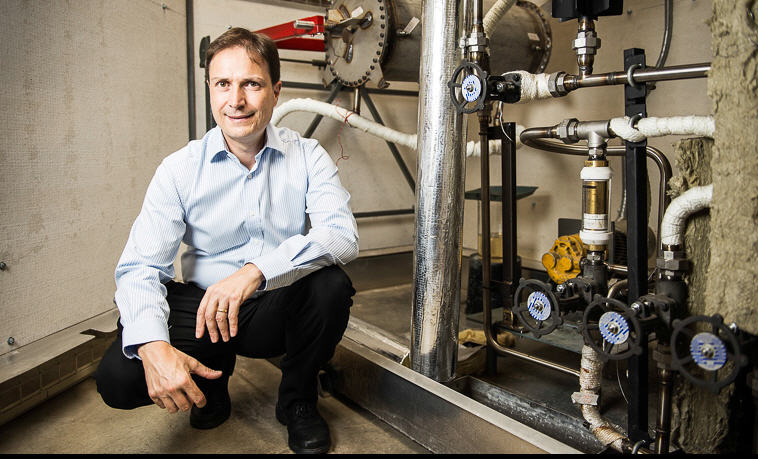
MOLTEN salt technology is being developed for use in mineral processing in the mining industry to reduce energy and water costs.
The University of South Australia has formed a collaborative research funding partnership with Centrex Metals Limited in a bid to use the cutting-edge technology to significantly reduce energy and water usage, and therefore the cost of mineral processing using molten salts.
The research, based around the Oxley Potassium Project in Western Australia and undertaken by UniSA’s School of Engineering and Future Industries Institute, will expand current molten salt research for solar energy applications into minerals processing with a view to maximising successful technology development and commercialisation.
The research program, led by University of South Australia Associate Research Professor Frank Bruno, will develop a minerals processing circuit to leach, extract and purify metals from silicate minerals in a solely molten salt environment, without the need for subsequent aqueous processing.
If the research successfully provides the ability for all processing steps to be undertaken in a molten salt environment it will significantly lower energy and water use and the associated costs.
South Australian company Centrex Metals Limited will use the technology at its Oxley Potash Project to become the first commercial and cost competitive manufacturer of bulk potassium chloride fertiliser from potassium feldspar ore.
The Oxley project is located in the Midwest of Western Australia about 125km southeast of the port of Geraldton. The project is a very rare 32km long shallow dipping and outcropping potash feldspar rich lava flow.
Centrex Minerals CEO Ben Hammond said the technology would take advantage of the unique liquid properties of molten salt to not only convert metals within silicate ore to an extractable form, but also separate and purify them, saving energy, water and reducing the overall project footprint.
“It will allow us to look at competing in the bulk fertiliser space for our globally unique large scale potassium feldspar deposit at Oxley, creating more long-term jobs in Australia’s currently struggling mining industry,” Hammond said.
Molten salt technology has previously been used in the solar and nuclear energy industries at temperatures up to 600C, including the 110MW Crescent Dunes Solar Energy Project in Nevada.
The University of South Australia project will use salts at temperatures from 850C and above for the first time.
Assoc Prof Bruno said the research could have broader implications for mineral refinement in the mining industry and provide valuable insights for its further development in the solar and nuclear industries.
“Salts at the higher temperatures are generally more corrosive and also because you’re at higher temperatures that in itself creates greater reactions,” he said.
The UniSA team is a world leader in molten salt technology and has focused on its applications for thermal energy storage for the past four years.
“At that point in time we would never have thought we would be able to use it for this application,” Assoc Prof Bruno said.
“Now that people know that we are working with a higher temperature molten salt they are coming to us with all sorts of applications they are wanting us to look at.”
Between Centrex, the Minerals Research Institute of Western Australia and the Mining Industry Participation Office of South Australia, $464,000 of external funding will support UniSA’s work on the first two stages of the proposed three stage research program.
South Australia’s capital Adelaide has three long-standing public universities, Flinders University, University of South Australia, and the University of Adelaide, each of which are consistently rated highly in the international higher education rankings.
By